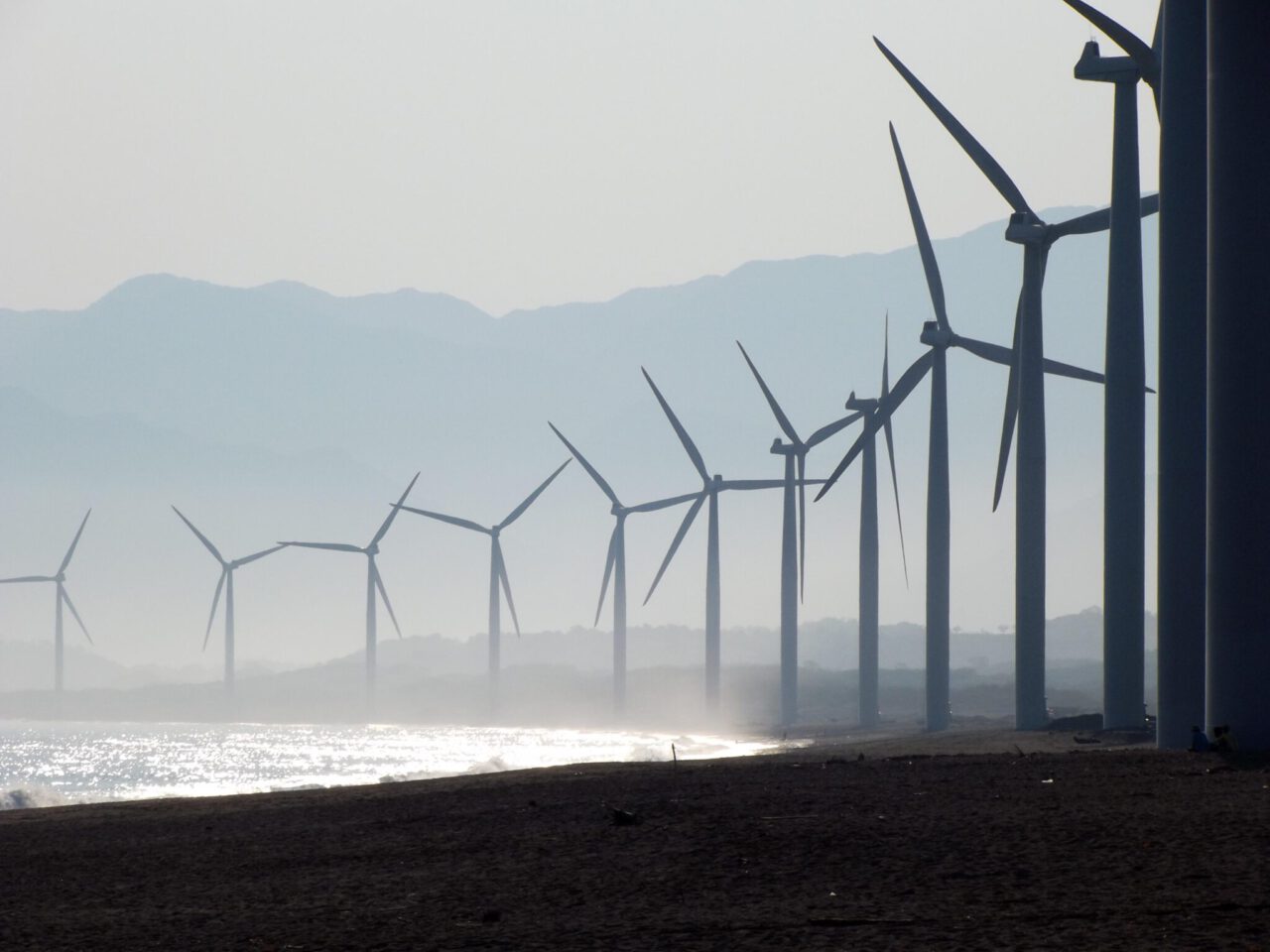Brussels, 12 September 2024
The EU’s renewable energy ambitions face key challenges, particularly due to its reliance on China for critical raw materials. The latest paper by the EU Council Analysis and Research Team (ART) explores the crucial role of wind energy in achieving climate neutrality by 2050 and offers strategies to address dependencies and enhance energy security.
As the winds of change sweep the globe, the European Union’s push for renewable energy faces challenges amid rising geopolitical tensions. Meeting the targets of the European Green Deal and the Paris Agreement to limit global warming to 2.0 degrees Celsius will depend on the success of the energy transition1. With the energy sector accounting for 75% of the EU’s greenhouse gas emissions, its transformation is essential for steering the continent towards climate-neutrality by 2050. The EU has increased its target for energy coming from renewable sources by 2030 from 32% to 42.5%. Central to this transformation is wind energy, which accounted for nearly 40% of the electricity generated from renewables in the EU in 2022.
With wind energy expected to reach 50% of the EU’s electricity mix by 20505, this sector is set to become one of the EU’s leading power sources, playing a central role in reducing reliance on fossil fuels and enhancing energy security. However, the EU wind sector faces significant challenges, including heavy dependence on China for critical raw materials and permanent magnets, which are key components. These inputs are vital in manufacturing wind turbines and have drastically reduced wind energy costs. EU reliance on Chinese materials now exceeds its prior dependence on Russian gas, with the EU currently importing 100% of its rare earth elements from China compared to 45% of its gas from Russia before the invasion of Ukraine.

